Bespoken Word – should we all be going to the party out back?
Guy Kesteven talks mixed sized wheels, the growing race and rider trend for giving 29er MTBs a mullet makeover, and whether you should give it a go yourself
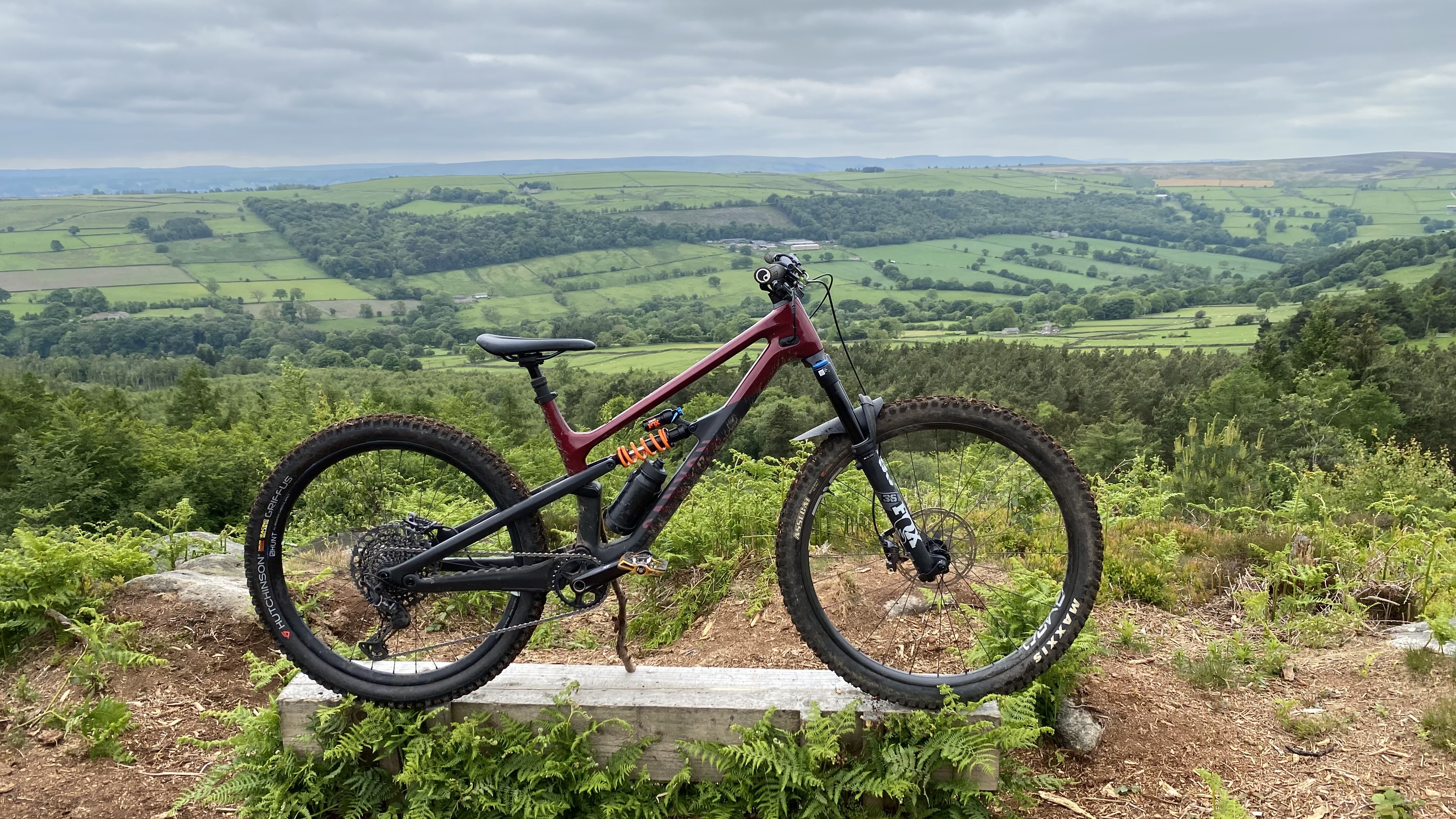
MX? Mullet? Mixed Wheel? What are we actually talking about here? Whatever you want to call it - we will go with mullet (business up front, party at the back) as that’s the most common phrase - what we’re on about is mixing a 29in front wheel with a 27.5in rear wheel.
The idea behind this is that you have the more stable, smoother rolling bigger diameter wheel/tire giving you confidence and relative calm up front. Then the smaller, faster accelerating, tighter turning, easier sliding, more responsive suspension creating wheel going wild in its wake.
Or to put it another way, the front wheel is you at the start of the night planning to alternate soft drinks with pints, the back wheel is you lubed up and being the life and soul of the party.
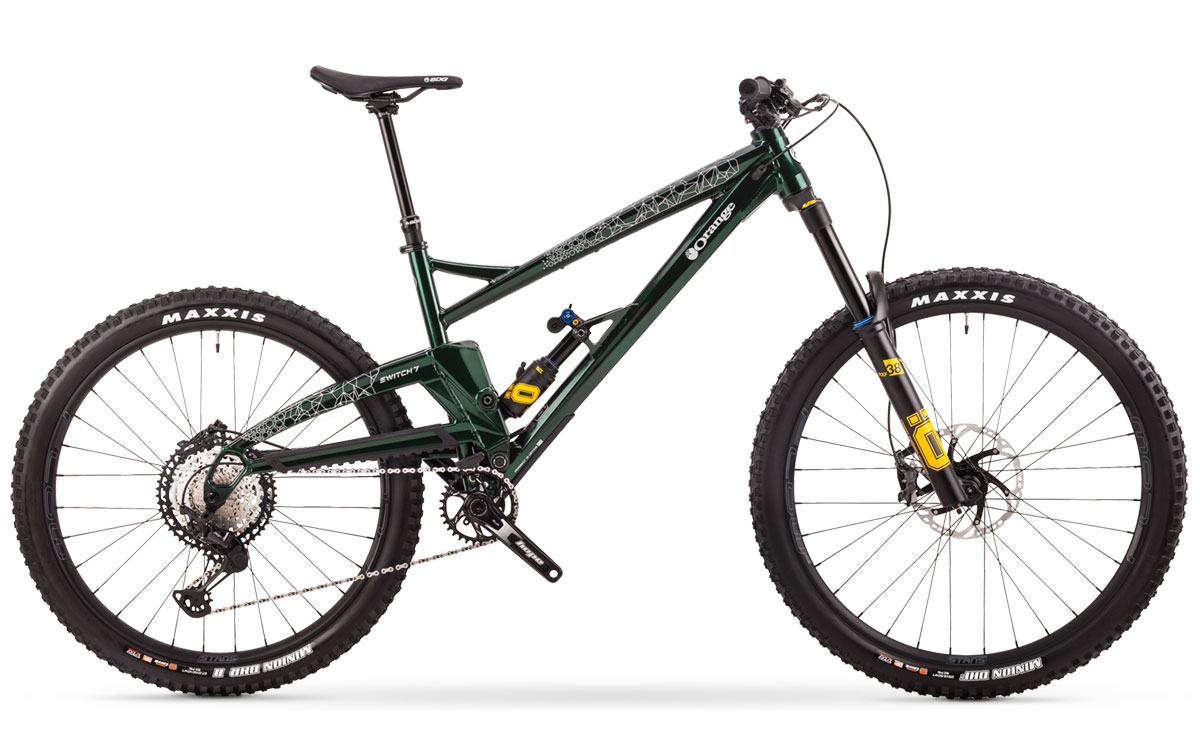
Is there any science behind this?
I’m not going to be able to recreate the deep dive data and evangelical enthusiasm that Kelvin from Orange Bikes once terrified me with when explaining why its Switch enduro bike was one of the first production mullet bikes but yes there is.
The biggest relevant scientific fact is that different diameters of the wheels also mean smaller wheels not only turn tighter but also tip into those turns more easily. Really hack them into a turn and the shorter but broader contact patch is more likely to slide out wide under the lateral force. Especially if the wheel is stiffer rather than softer and more compliant. So yeah while I don’t have the numbers or diagrams to show it, a smaller wheel should turn in harder at first, but slide out easier once you hit maximum load. Perfect for hitting tighter corners later and faster but keeping the front end hugging the tightest exit line.
To be honest, I didn’t take in everything that Kelvin fired at me, but I definitely remember something about different scrub radiuses too and I looked that up on the internet which made things slightly clearer. Basically changing the angle between the wheel path as the suspension compresses and the contact point of the tire alters how the tire tracks and twists on the ground as you try and turn. At the risk of getting this completely wrong just to make it suit the argument, I think that means smaller wheels create a positive scrub radius that’s more likely to scrub tightly into the turn than a bigger wheel with a negative scrub radius. Or maybe it’s the angle of the bike, not the suspension. That seems to make more sense to me, but then I’m an archaeologist not a chassis dynamicist so if you know the actual answer mail me and I’ll credit you in the re-edit. Proper experts can probably chuck in some pertinent facts about relative axle height at this point too.
While some ‘mullet bikes’ have compensated geometry (using different linkages or a ‘flip chip’ to raise ride height) fitting a smaller rear wheel will drop ride height and slacken steering. That’s already universally acknowledged as the direction to go for more confidence in steeper, faster, sketchier situations so it’s an instant confidence win.
In a same-for-same comparison, 27.5in tires and rims will always be lighter than 29in versions. That means less unsprung weight/inertia at the end of the swingarm so the suspension can react faster. Smaller wheels use shorter spokes so they’re likely to feel stiffer and have more ‘pop’ too.
Finally using a smaller wheel reduces the chance of it buzzing your butt on the tire when you’re hanging off the back. It also means you can use a shorter rear end/more travel without clearance issues, which is why Specialized used a 24in rear wheel with a 26in front wheel on their Big Hit bike years ago.
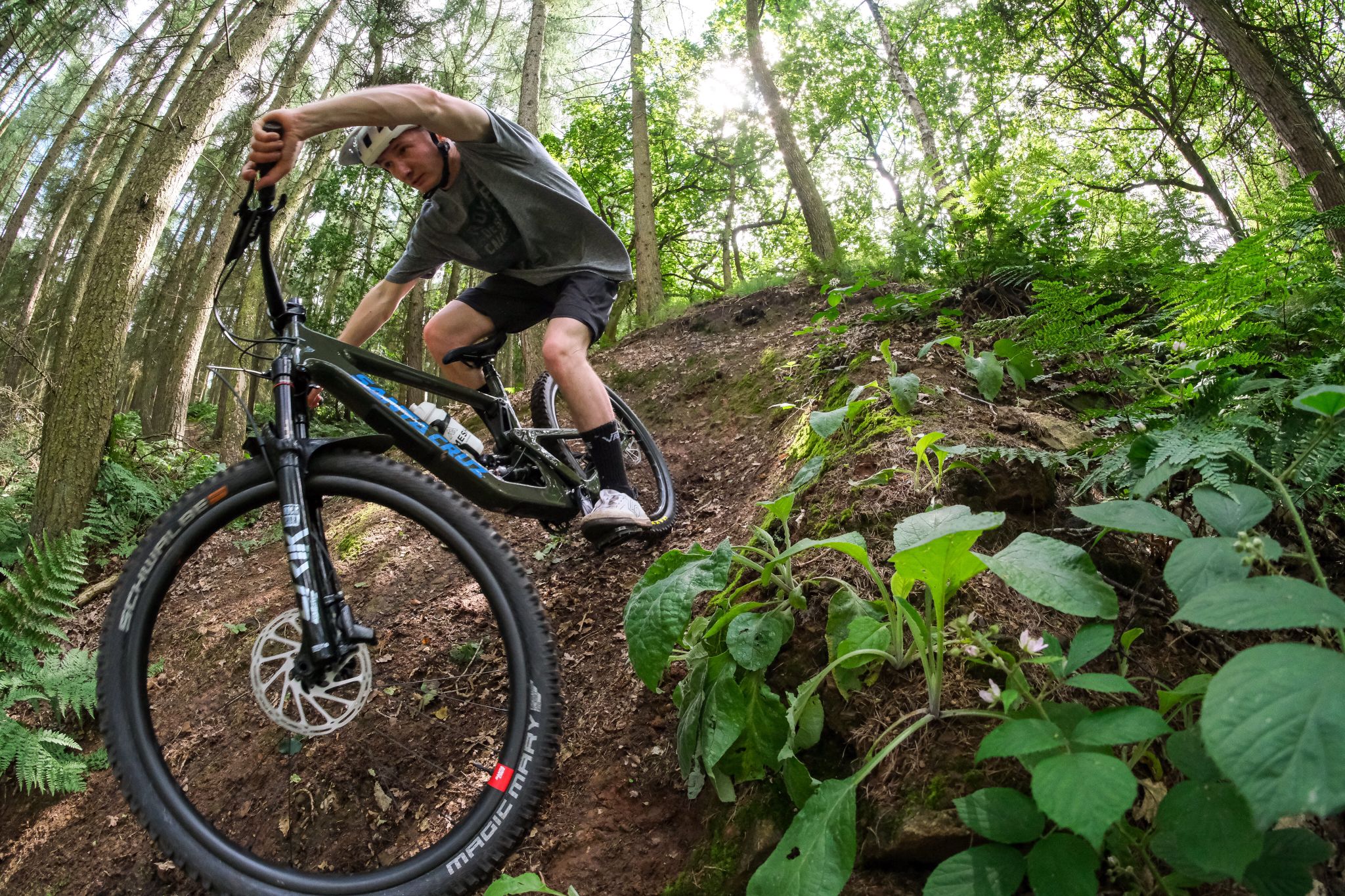
Is it pro proven?
`Pit sniffing’ (no, not checking for BO, seeing what the pros are running at races) is always a great way to spot trends that are making riders go faster. And when it comes to gravity-focused riding, mullet is everywhere. In fact, it was noticeable that most wheel talk at the Fort William DH World Cup revolved around people changing from their normal mullet set up onto twin 29er for the faster, rougher course.
In other words, on the pro-DH circuit, mixed wheel setups are the norm for all but the tallest riders who tend to prefer the proportions of the bigger wheels. Talking to Jim Bland from the Union DH team he told us “I’d say most people are running mullet to suit their low aggressive riding style. Height obviously plays a part with the old ass to tire contact but I think the combative riding stance. There’s also feedback that it helps with easier bike placement, which boosts confidence when riding a relatively newly learned track at race pace.”
It’s not just the top DH racers who are mixing up their best mountain bike wheels either. The opening round of the EWS at the Tweed Valley in Scotland saw tons of race bikes rocking makeshift rocker links and other tweaks to take smaller rear wheels. Again the emphasis seemed to be on maneuverability on the super steep and tight Scottish courses so it’ll be interesting to see how many riders are still using mullet at the next round, but it definitely seems to be brewing as a ‘thing’.
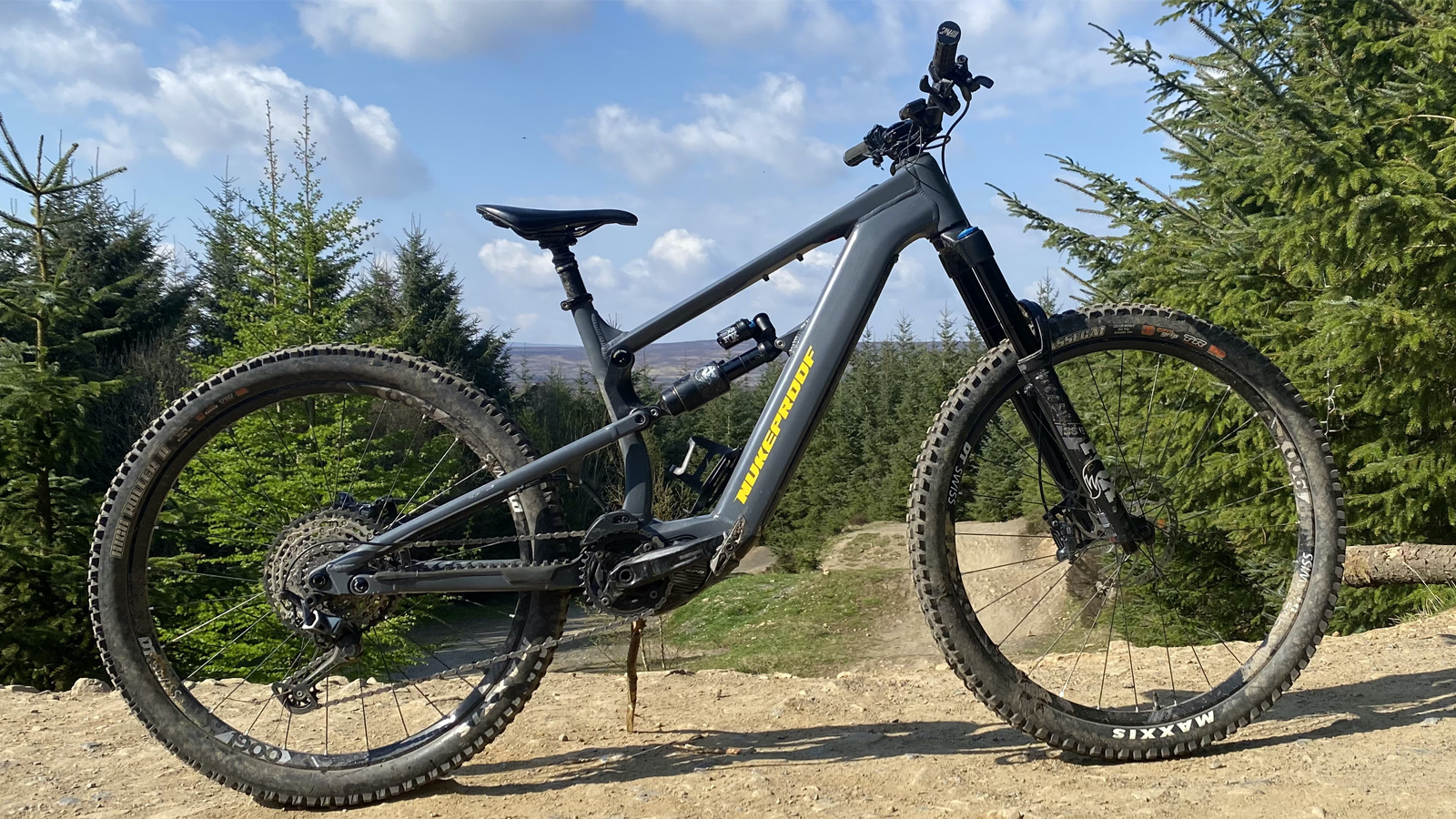
Can you really notice it?
You don’t need to be a pro who lives on their bike to tell the difference either. In fact, I generally get a rude awakening if I’m on mixed wheels when I cut the first corner way tighter than I’m expecting and scuff a tire on the apex. I’m fairly sure there’s a psychosomatic element to the mullet effect too, where you ride slightly differently because of what you’re expecting the bike to do. And then when it does it you go, “Yes, this mullet setup feels awesome” but then that’s a potential element of any change of kit. Chris and his mates at the Downtime podcast did a full head-to-head comparison of the various formats of Canyon Spectral that turned out to be really interesting too.
It doesn’t even have to be an obvious diameter difference either. There’s a clip on the prototype Cotic E bike video I did where even with a 29 x 2.4in tire up front and a 27.5 x 2.8in at the rear I massively cut inside on the first tight corner and throw myself right off balance.
What are the downsides?
Comparing mullet and twin 29er setups on that bike made one potential downside of going mullet very clear. The smaller wheel doesn’t roll as quickly and it also hangs up more on hits than a larger one. That’s noticeable on climbs and on faster, slappy descents if you’ve not got the suspension totally dialed too. If you don’t change the geometry then a smaller rear wheel means a lower BB height so you’re more likely to clatter your pedals on the ground too.
Should I go mullet then?
That means for outright rolling/rocky terrain speed or climbing - particularly on tech terrain where there are ground clearance issues - you’re almost certainly better sticking with twin 29er wheels. We certainly don’t expect to see Nino Schurter running mullet anytime soon although with his reputation for testing all possibilities it’s not out of the question.
If you want to make your bike feel both more planted at the front and playful at the back then, sticking a smaller wheel in is a really quick and simple way to ramp up the fun factor of your ride.
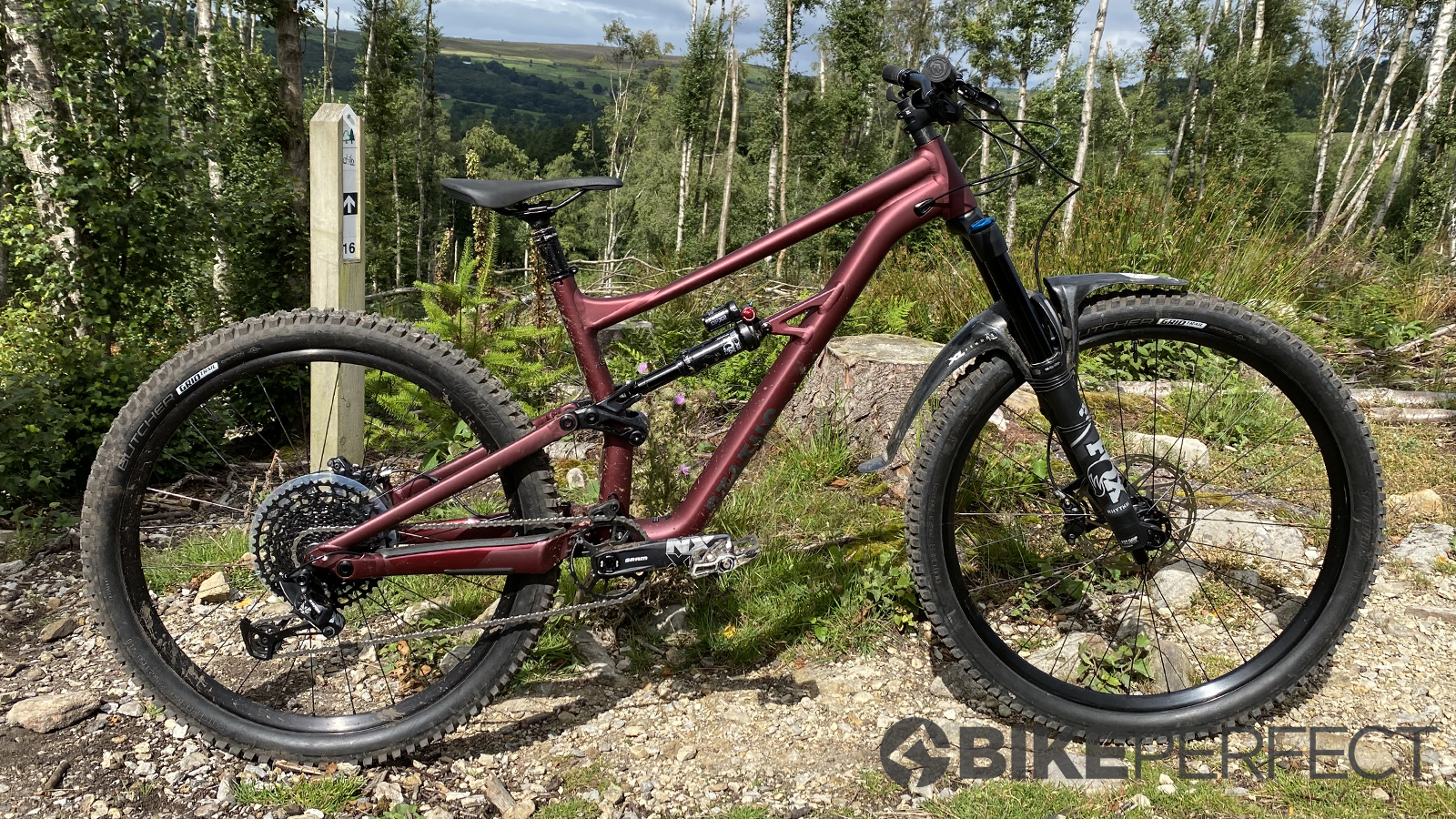
Which are the bikes that do it best?
As a lot of the advantages of going mullet involve faster turning and easier dynamic handling, and the disadvantages come from reduced rolling efficiency smaller rear wheels mean they make a lot of sense on e-MTB's, with most of the best electric mountain bikes featuring a mullet setup. That means the Nukeproof Megawatt and YT Decoy are particularly good examples of the breed. The rowdy, grassroots vibe of the format has been exploited really well on the excellent and top value Specialized Status too. The RC295 from Pace, the Canyon Spectral, and Bronson from Santa Cruz offer premium all-rounder takes on the mixed-wheel format, and Santa Cruz also wild up the Chameleon hardtail with a smaller rear wheel.
Bike companies seem to spend a lot of time trying to negate some of the slacker/lower aspects that I think are a big advantage of the mullet switch though. That means some of my favorite mixed-wheel bikes have been ‘ghetto’ conversions where a 27.5in wheel has been stuck in the back just to see how it works. I’ve done exactly that with a Canyon Spectral 125 and I’m absolutely loving it as it previously had a high BB for its travel, giving it even more pop and agility than its standard format. In other words, if you’re looking for a fresh feel on your 29er and can borrow a 27.5in rear wheel for a bit (or even just buy a cheap one) I definitely think it’s worth mixing it up.

Guy Kesteven has been working on Bike Perfect since its launch in 2019. He started writing and testing for bike mags in 1996. Since then he’s written several million words about several thousand test bikes and a ridiculous amount of riding gear. He’s also penned a handful of bike-related books and he reviews MTBs over on YouTube.
Current rides: Cervelo ZFS-5, Specialized Chisel, custom Nicolai enduro tandem, Landescape/Swallow custom gravel tandem
Height: 180cm
Weight: 69kg
